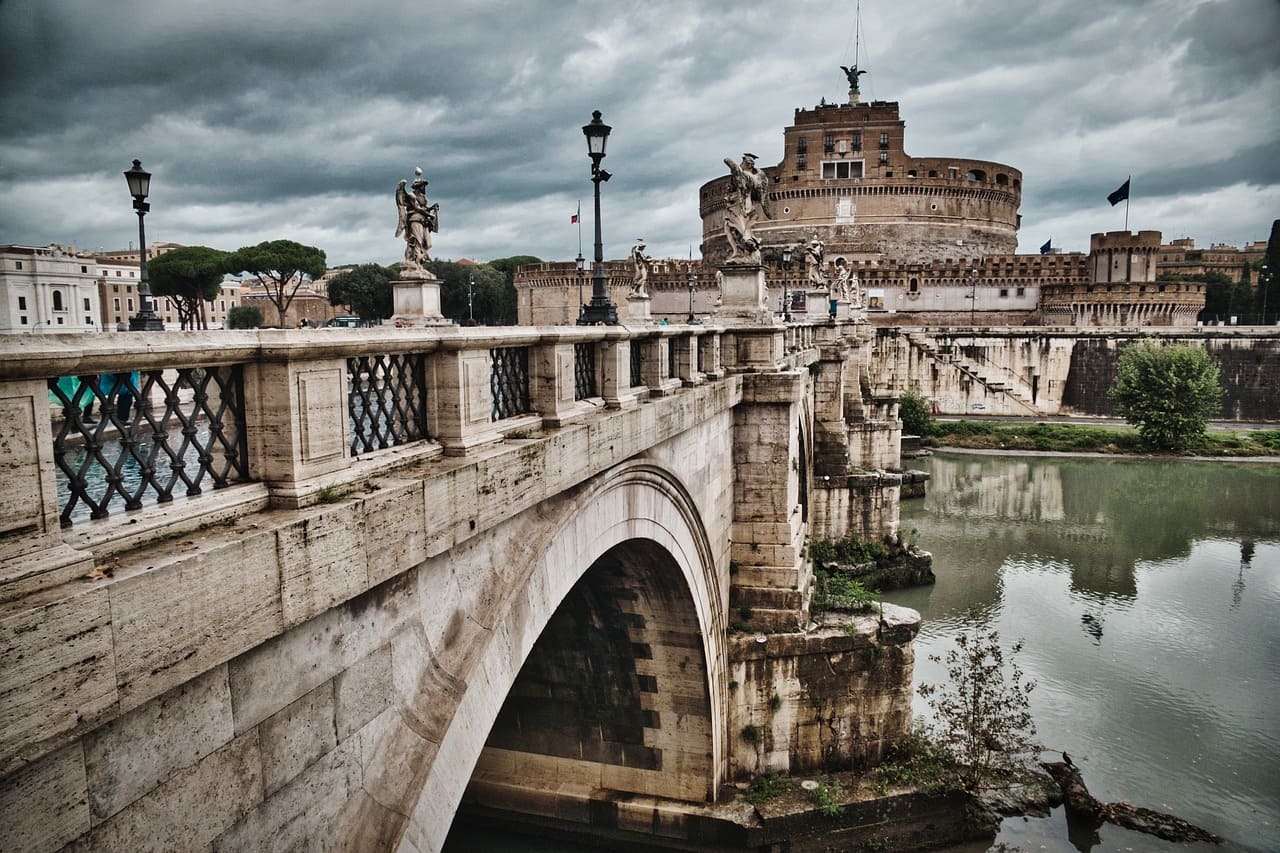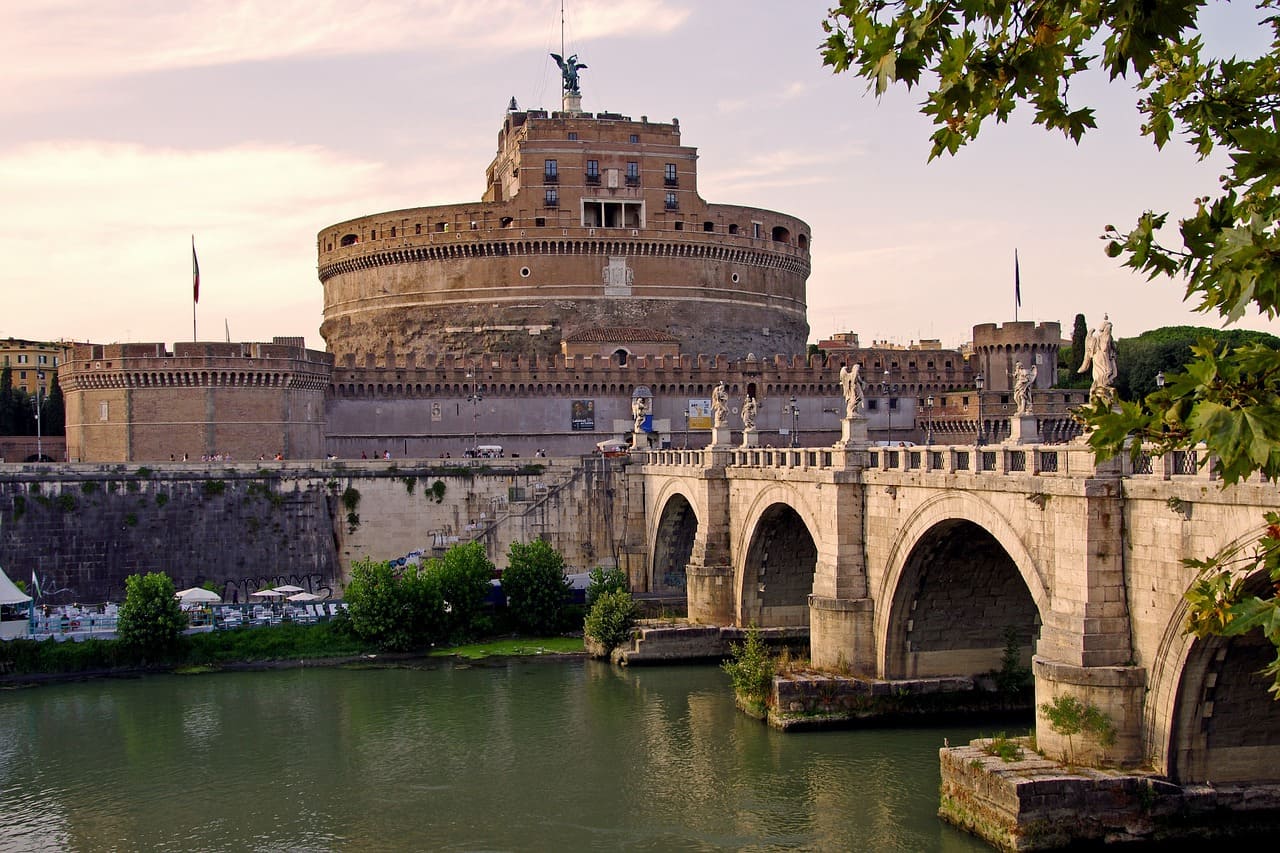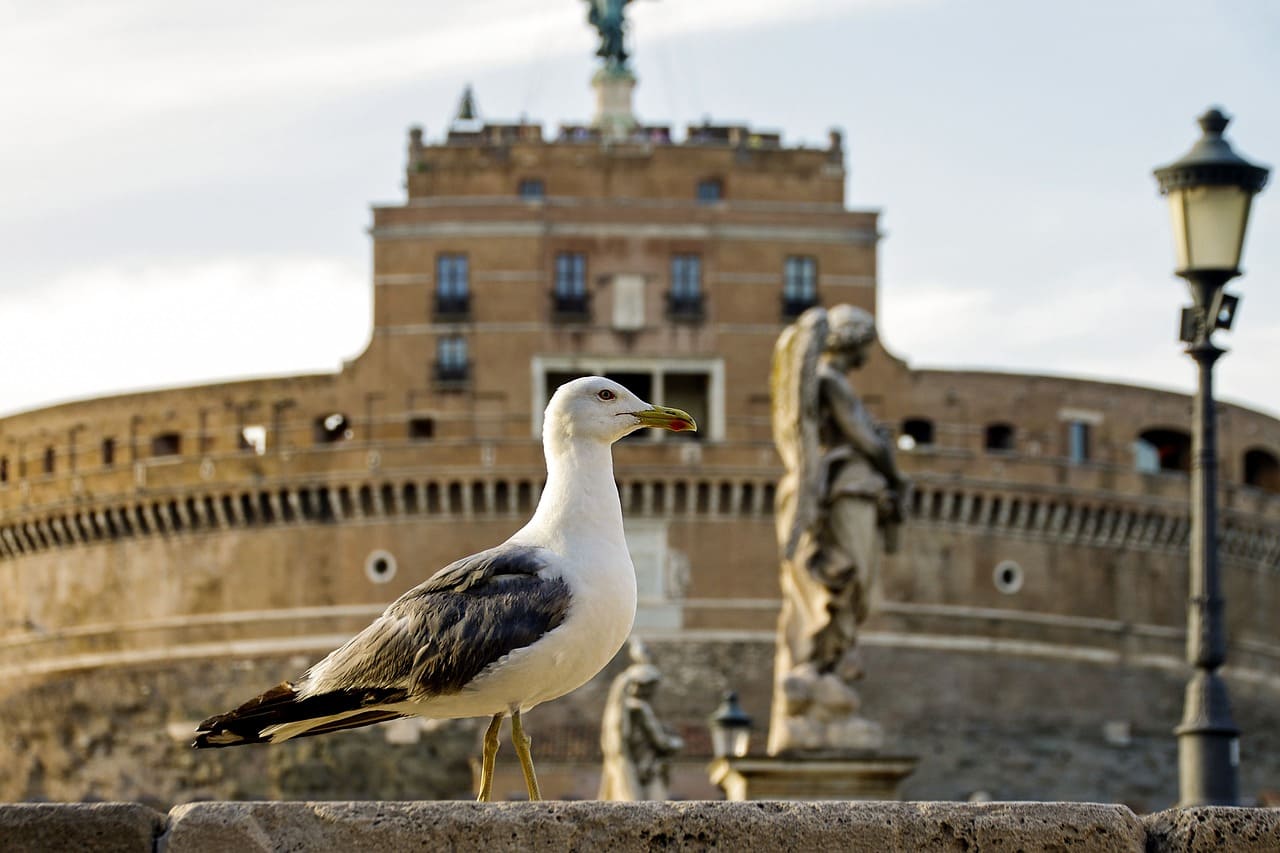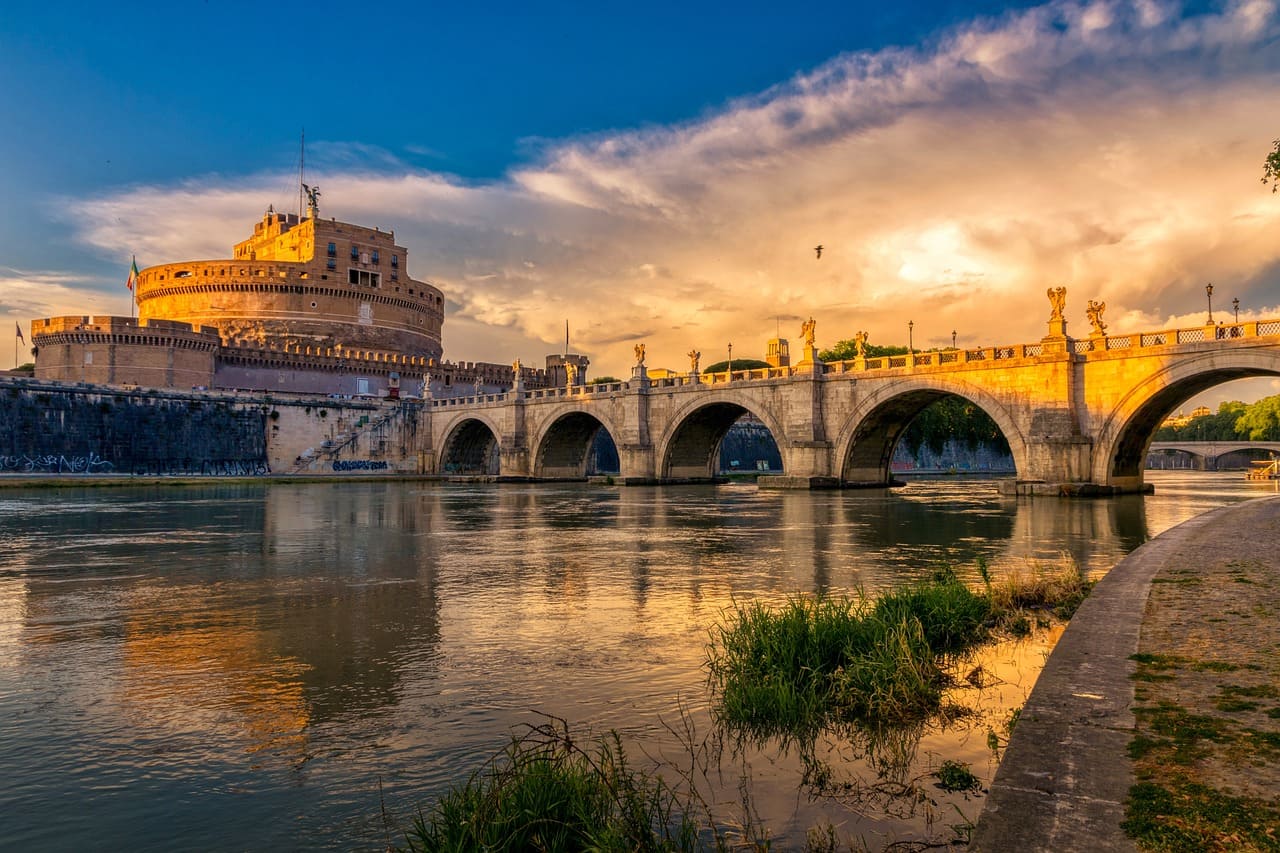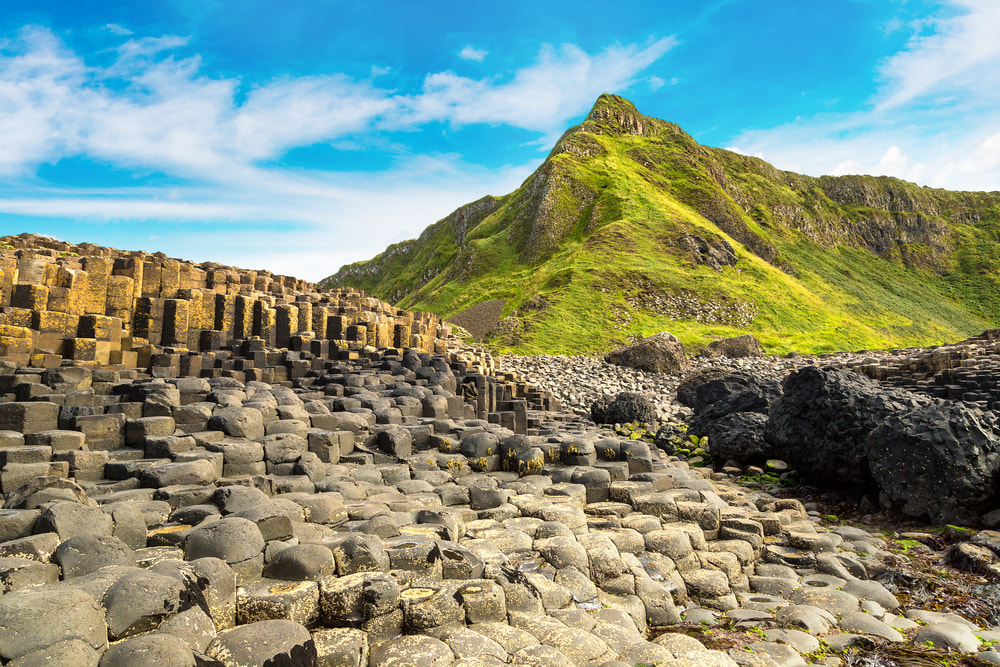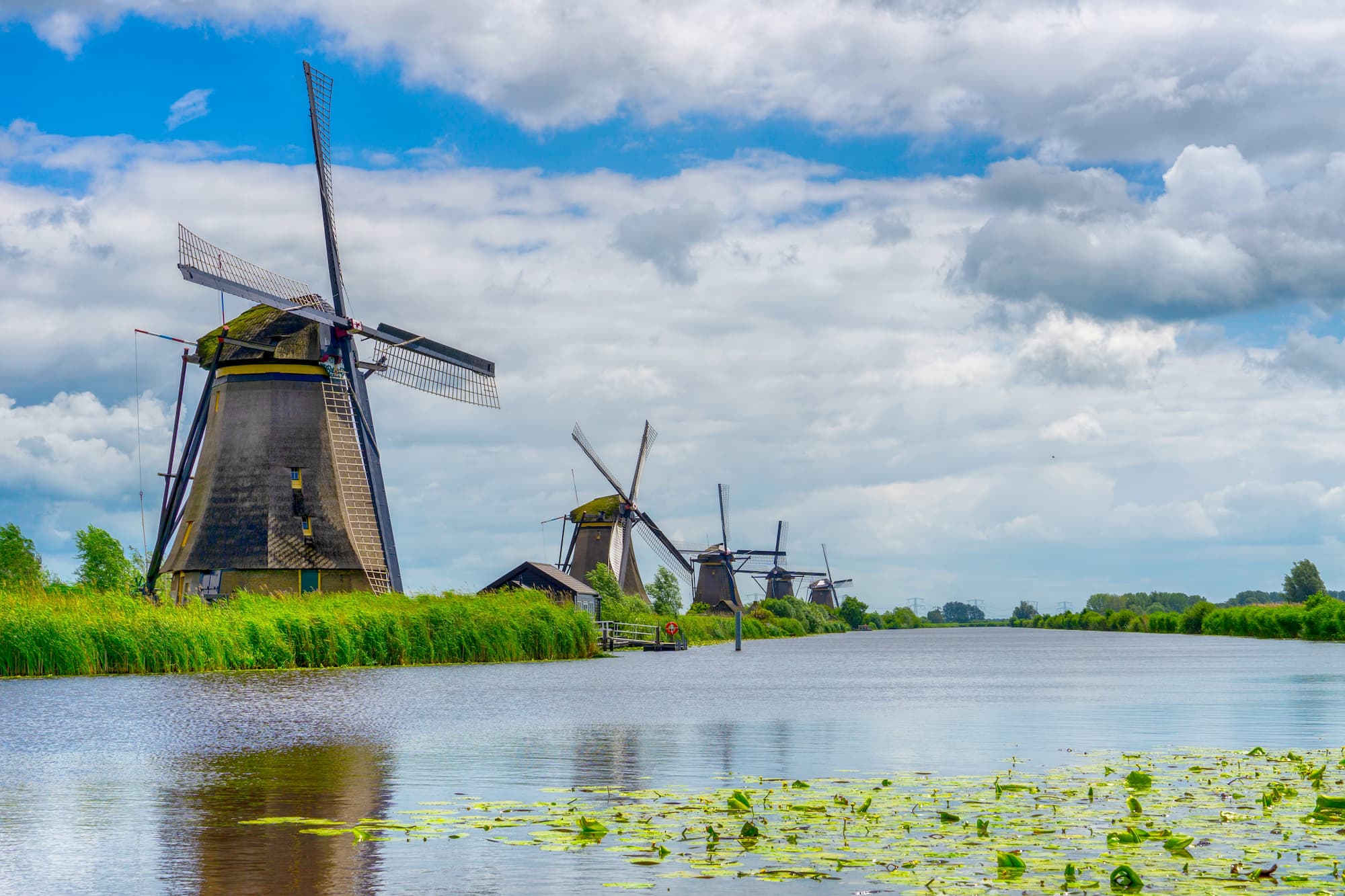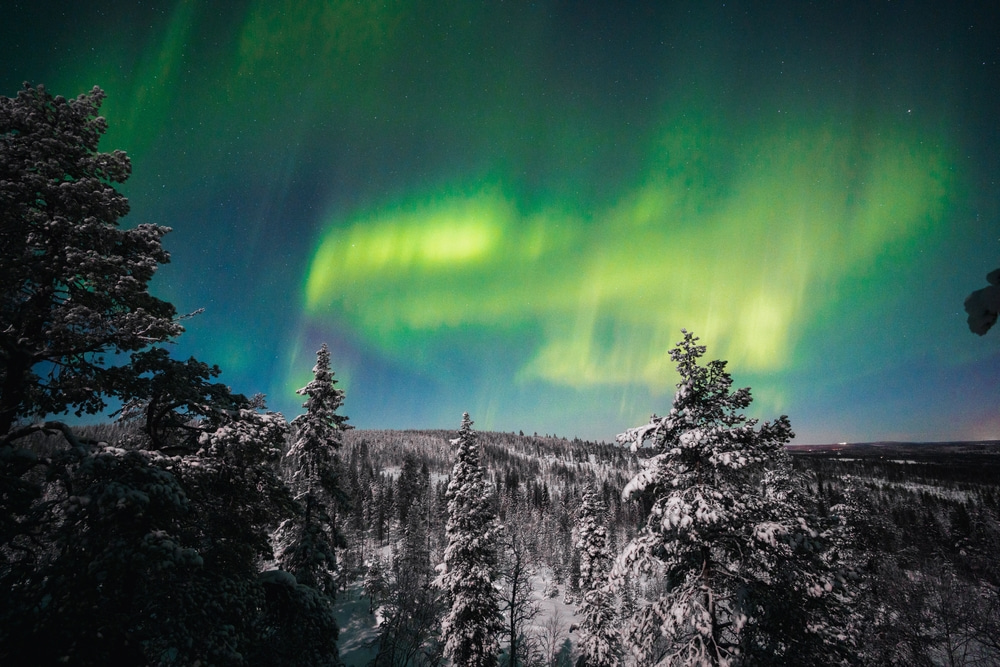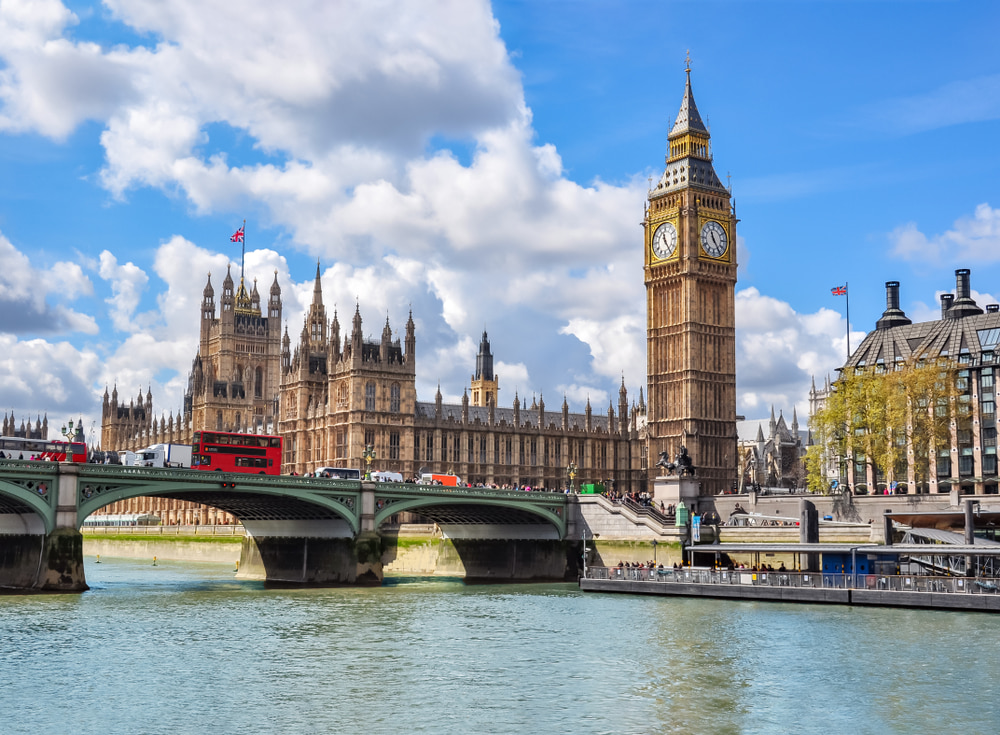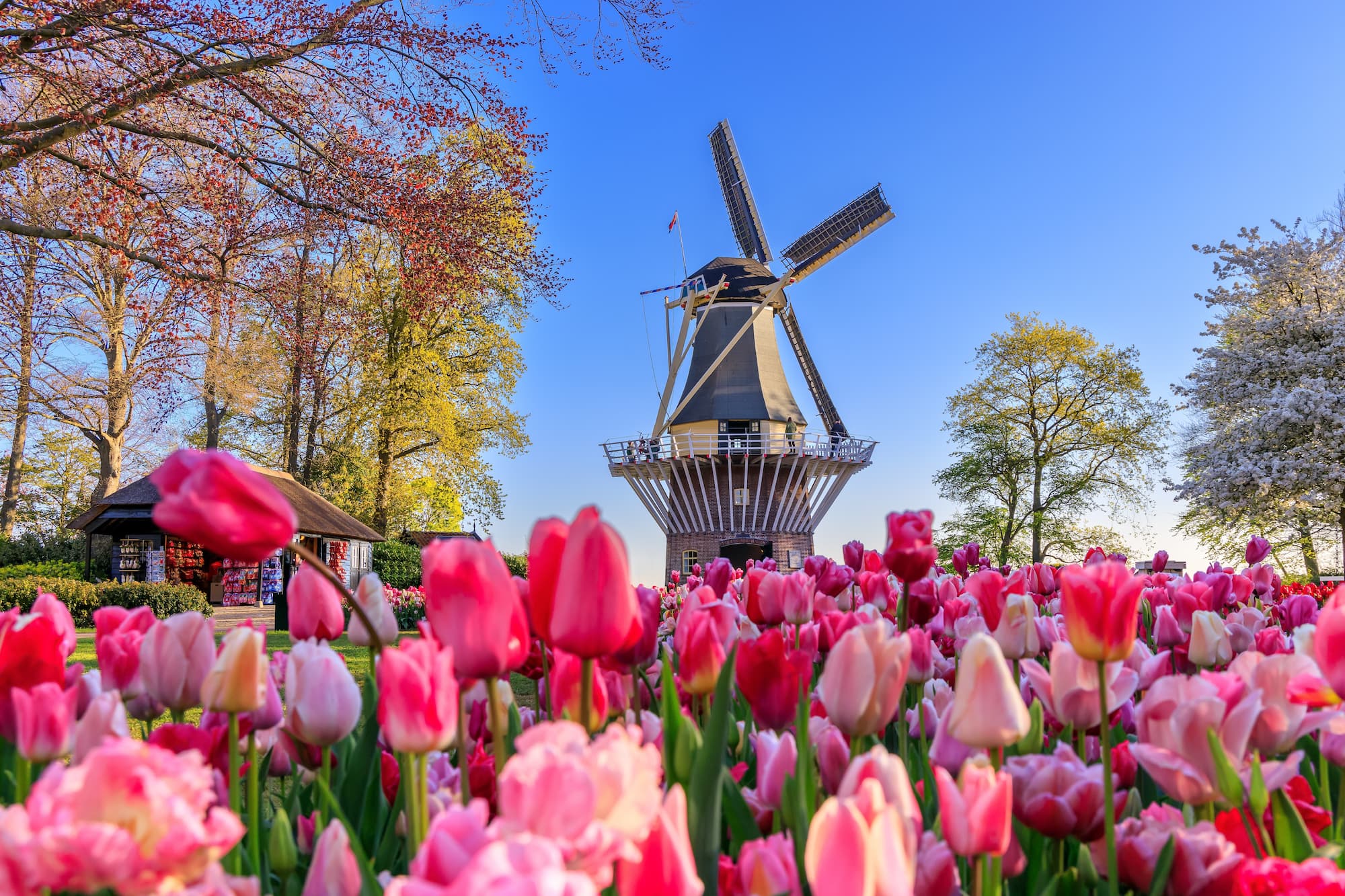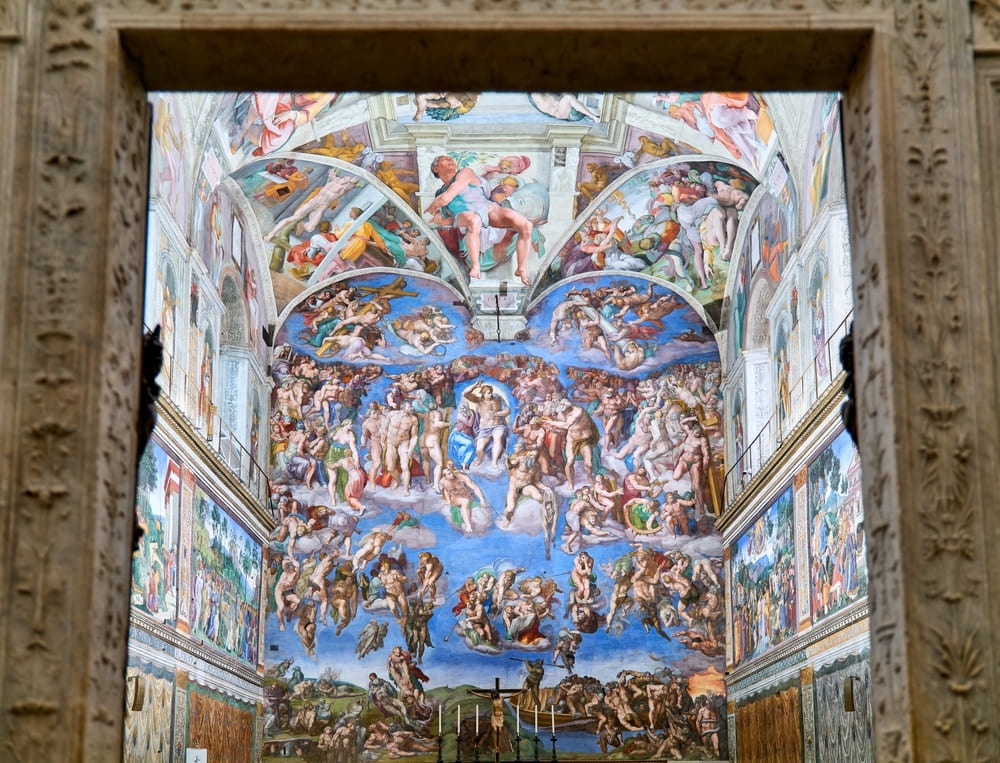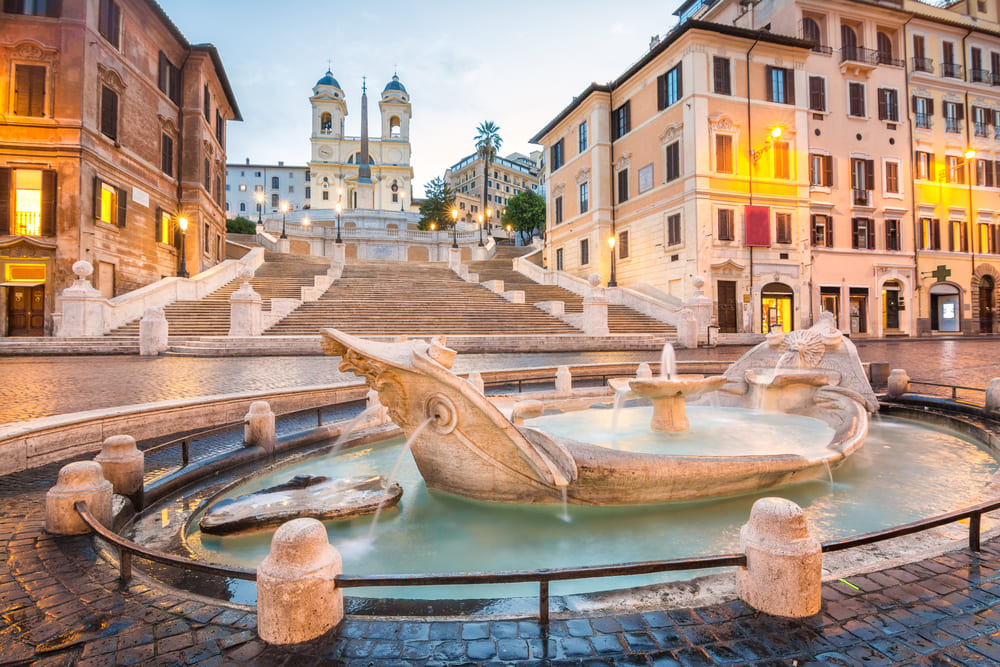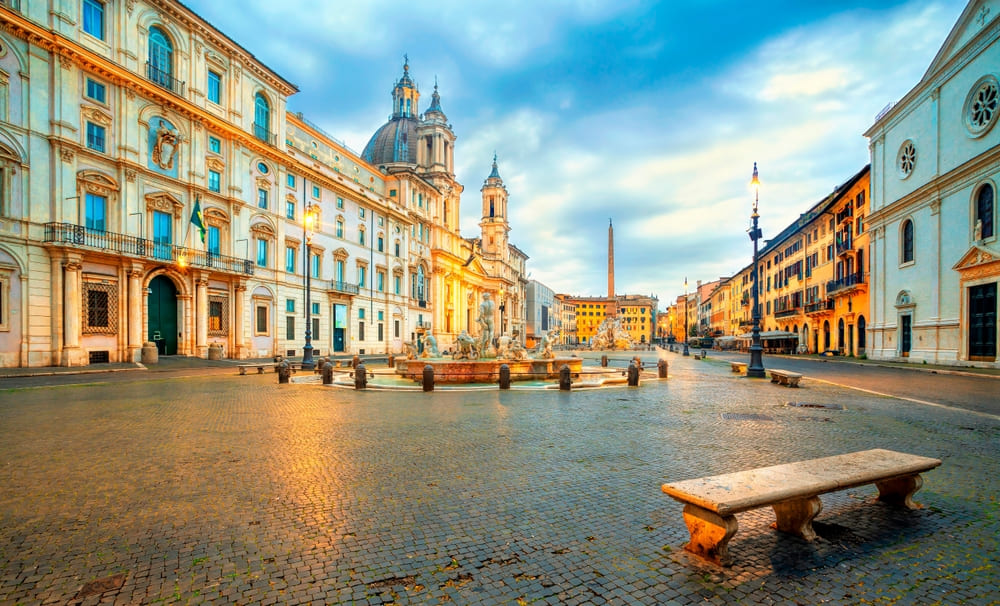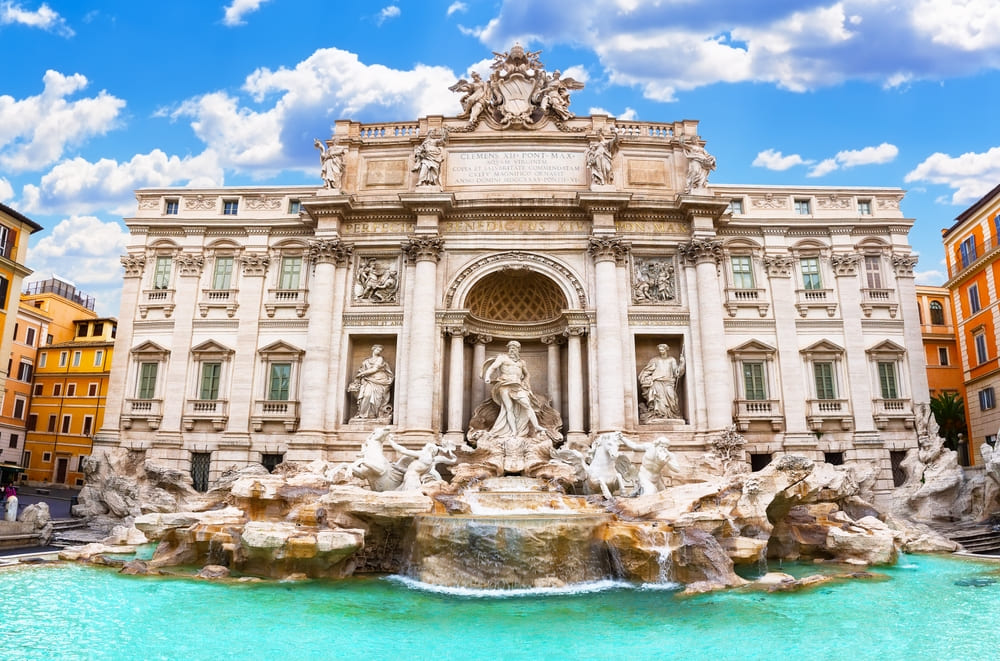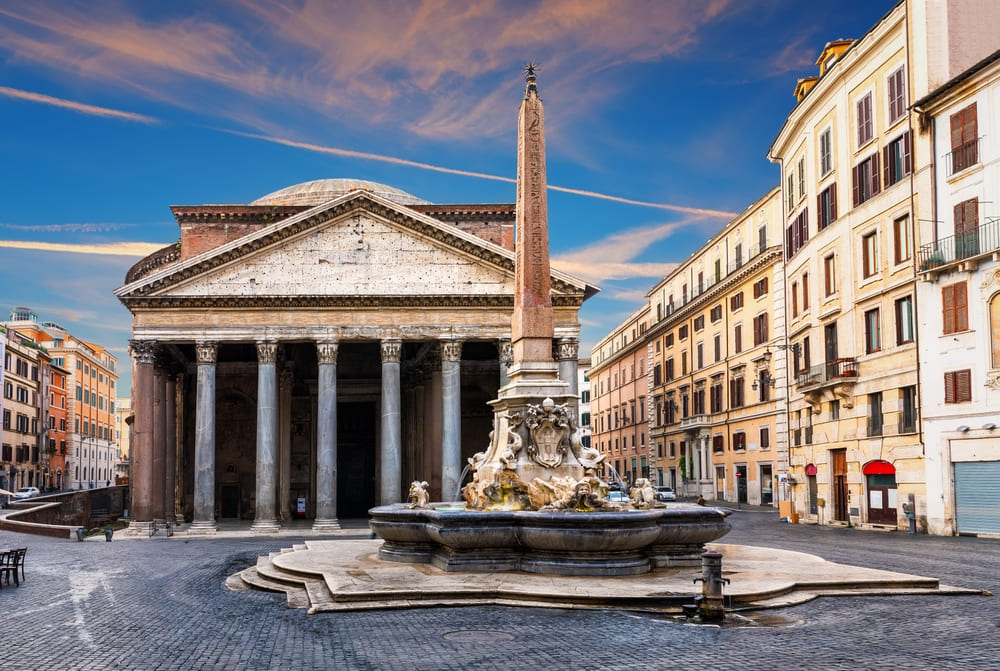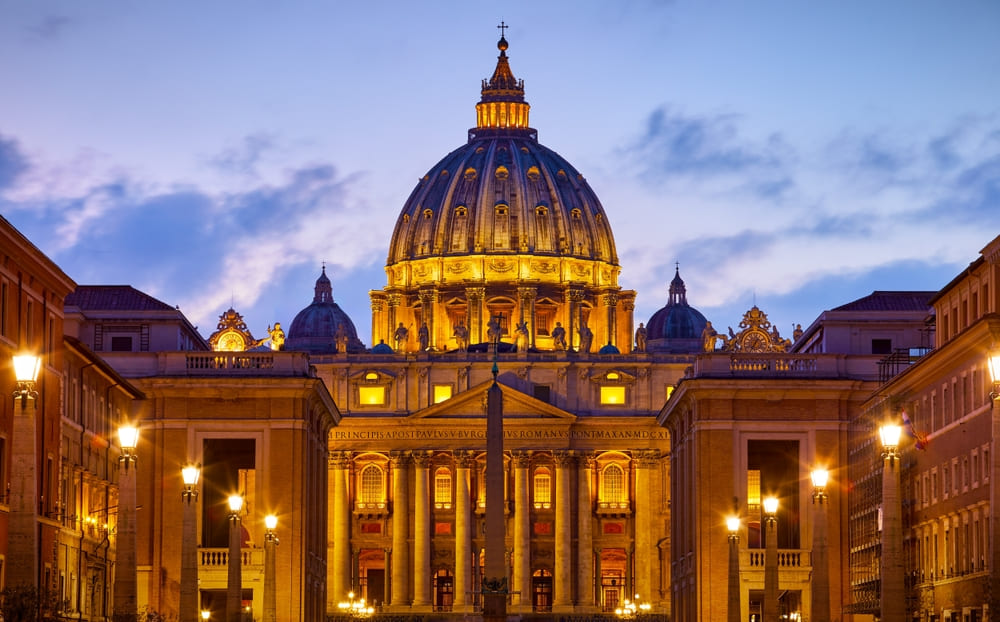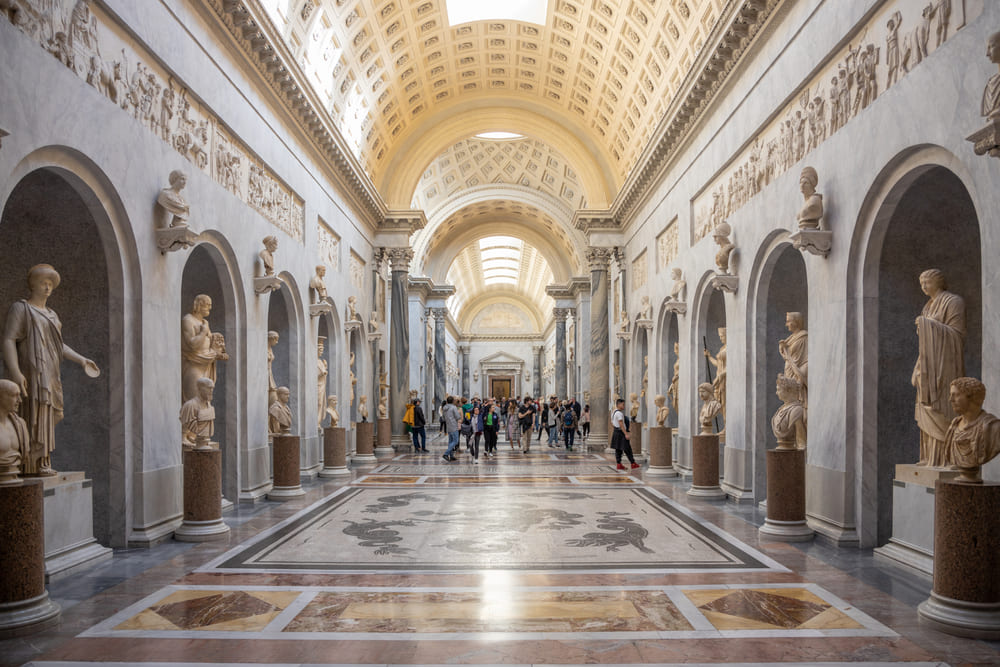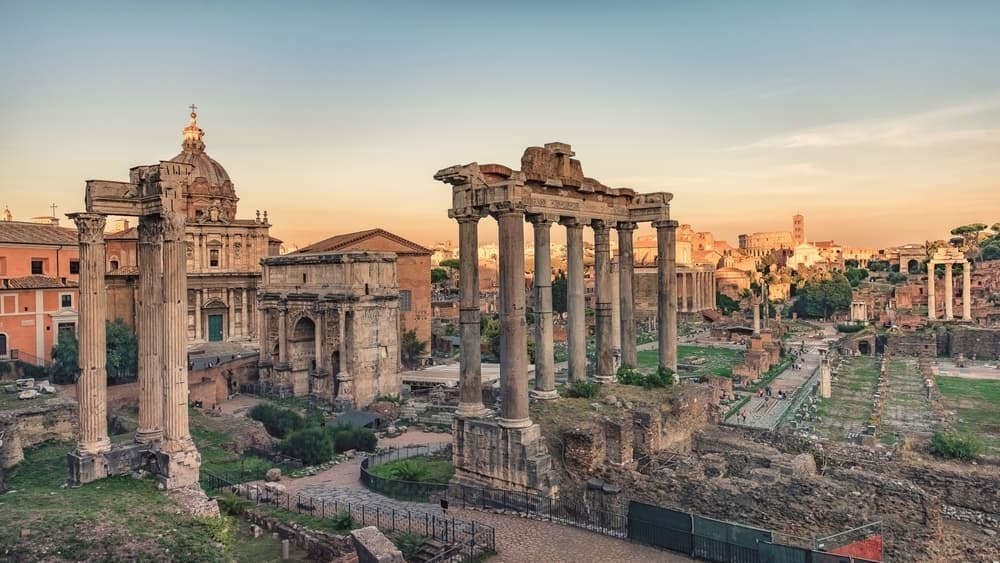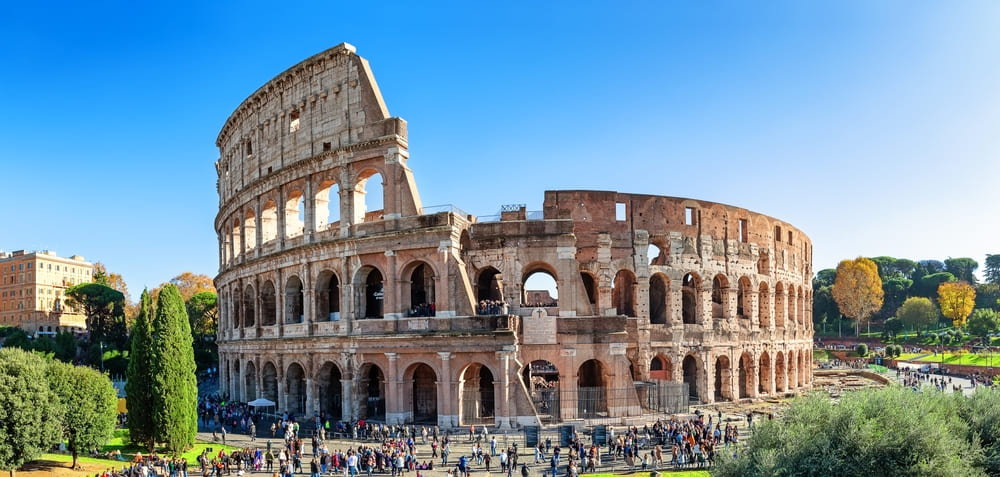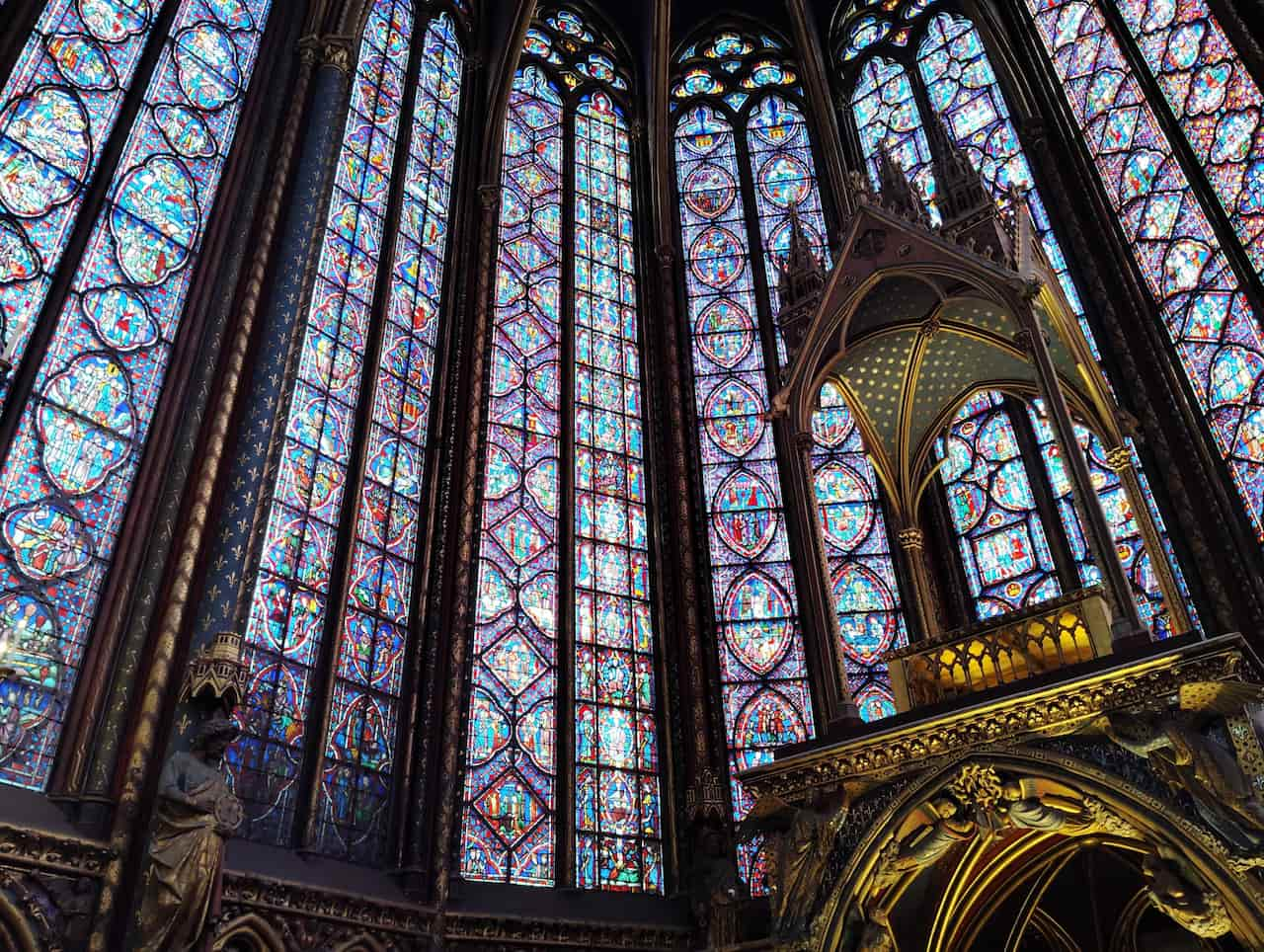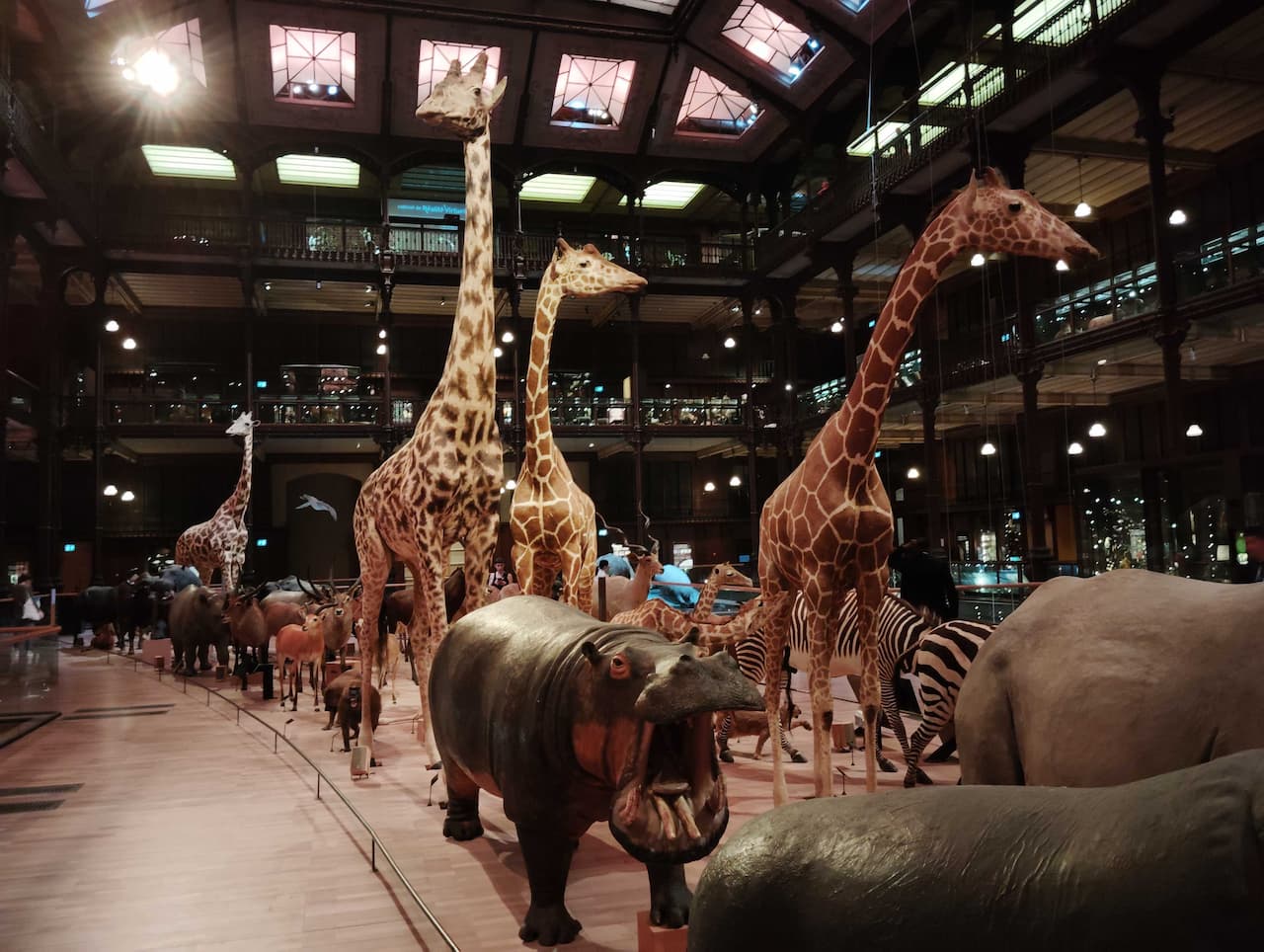The Sistine Chapel, located in Vatican City, is a significant Catholic institution renowned for its immense artistic and religious value. Situated within the Apostolic Palace, which also serves as the residence of the Pope, the chapel is globally famous for Michelangelo's magnificent ceiling frescoes and the mural of 'The Last Judgment.' As part of the Vatican Museums tour route, it attracts numerous visitors and is widely recognized as a unique space where history and art converge.
Historical background
The Sistine Chapel was constructed between 1473 and 1481 under the orders of Pope Sixtus IV, after whom it is named. Originally built as a chapel within the Vatican Palace, it has been used for significant church ceremonies and papal elections (conclaves).
From its inception, the chapel has held a prominent position as a symbol of the church and art, with many renowned artists contributing to its decoration. Michelangelo's contributions stand out in particular, significantly enhancing the artistic value of the chapel.
Architecture and Structure
The Sistine Chapel has a very simple exterior, but its interior is filled with artistic grandeur. The structure itself is a rectangular design measuring 40.9 meters in length, 13.4 meters in width, and 20.7 meters in height. These dimensions are said to be based on the measurements of Solomon's Temple as described in the Old Testament.
The interior walls and ceiling are adorned with numerous artworks, with Michelangelo's ceiling frescoes and the mural 'The Last Judgment' serving as the centerpiece.
Michelangelo's Ceiling Frescoes
Michelangelo's ceiling frescoes, painted between 1508 and 1512, are the Sistine Chapel's most remarkable feature. Covering approximately 500 square meters, the ceiling depicts scenes inspired by the Book of Genesis from the Old Testament.
The most famous section is 'The Creation of Adam,' which portrays the moment God extends His finger to give life to Adam. This scene has become an iconic image in Western art history.
The ceiling frescoes also include nine other scenes from Genesis, as well as depictions of prophets and sibyls, each vividly illustrating biblical stories and theological themes.
'The Last Judgment'
On the wall behind the chapel's altar is Michelangelo's 'The Last Judgment,' a monumental mural painted between 1536 and 1541, depicting Christian eschatology.
At the center, Christ is depicted as the judge, surrounded by souls being saved and those condemned to hell. The sheer scale and emotional intensity of this work leave a profound impression on visitors.
Religious Significance
The Sistine Chapel serves as the venue for the conclave to elect the Pope. During papal elections, cardinals gather in the chapel to deliberate carefully and choose the new Pope, making it a place of special significance within the Catholic Church.
Tourist Highlights
As part of the Vatican Museums tour, the Sistine Chapel is typically very crowded. To fully appreciate the ceiling frescoes and murals, it is recommended to join an early morning tour or visit during less busy times. Photography and loud conversations are prohibited inside the chapel, allowing visitors to enjoy the artworks in silence.
summary
The Sistine Chapel is not only a spiritual center of the Catholic Church but also a pinnacle of human artistic achievement. Michelangelo's ceiling frescoes and 'The Last Judgment,' among other works, leave visitors deeply moved by their grandeur and intricacy. When visiting the Vatican, be sure to step into this space to experience history, art, and religious reverence firsthand.
